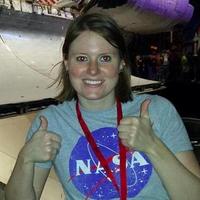
Dr. Ali Bramson
@alibramson
Planetary scientist finding ice on Mars with @NASA space robots | Professor @PurdueEAPS | she/her | 👩🔬🚀🪐❄️🌈🦡🧀
ID: 574274830
http://eaps.purdue.edu/bramson 08-05-2012 07:16:18
3,3K Tweet
3,3K Followers
3,3K Following

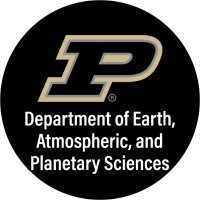
Students in class EAPS 353 took a learning-in-the-field trip to Wildcat Creek. The class, taught by Prof. Ali Bramson of Purdue EAPS, studies Earth and planetary surface processes. The photo below is highlighted on our eaps.purdue.edu home page. #boilerup Dr. Ali Bramson


No other area on Earth comes close to the number of tornadoes in the Midwestern U.S. Funing Li (Purdue EAPS / Massachusetts Institute of Technology (MIT)) & Prof. Dan Chavas (Purdue EAPS) explain why on the PNASNews Science Sessions Podcast. purduesci.com/4dQxcDM #thenextgiantleap Funing Li Dan Chavas Purdue University
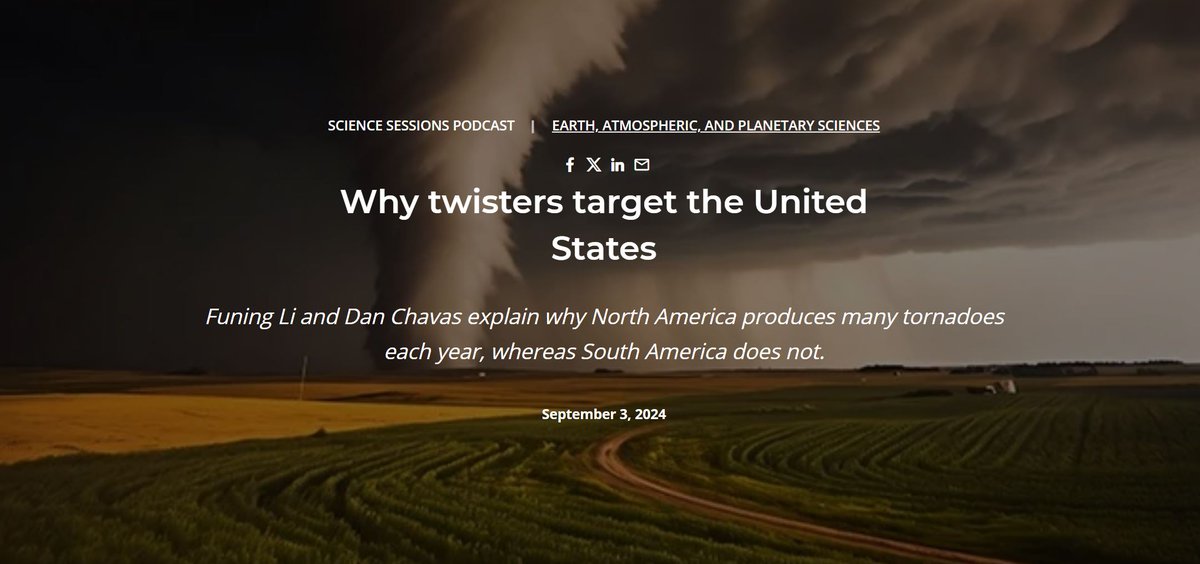


Will plants make it on the moon? PurdueABE and Purdue Horticulture and Landscape Architecture's Marshall Porterfield's new plant growth experiment attempts to answer that question. Work with NASA may open the doors for future generations to preserve the Earth and live in space. ag.purdue.edu/news/2024/09/p…


Our Purdue EAPS Crater Cafe this week is recording fun facts about our Solar System for Superheroes of Science!


The mission NASA's Juno Mission spotted a new volcano on Jupiter's moon Io! It shows multiple lava flows and volcanic deposits covering an area about 180x180 kilometres. The findings have been presented at the #EPSC2024 in Berlin! Read the press release europlanet-society.org/epsc2024-junoc…


It’s here! 🎬 See #Purdue’s short film, “Boilers to Mars,” supported by Spacekids Global. Designated as the Cradle of Astronauts, the university is a leader in space exploration. Chances are, a Boilermaker will take humankind to Mars. Watch now. ⬇️ BoilerstoMars.com

Purdue University Spacekids Global Did you know that two boilermakers are part of the team that designed, built, and currently operate the first analog hábitat in Colombia, which is only the second in Latin America? We're proud to chase the Moon and Mars from our country, with the black and gold in our hearts 🚂🔨



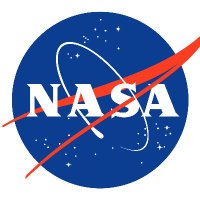
Get to know NASA Europa Clipper before launch. The largest uncrewed spacecraft we've ever built is set to explore an ocean moon orbiting Jupiter–one of the most promising places to find an environment suitable for life beyond Earth. Tag questions #askNASA. x.com/i/broadcasts/1…

Congratulations to Ali Bramson, of Purdue EAPS, for being awarded AGU (American Geophysical Union) 2024 Ronald Greeley Early Career Award in Planetary Science! Read more about her award here: purduesci.com/3Xwb5f9 #thenextgiantleap #boilerup Purdue Science Dr. Ali Bramson

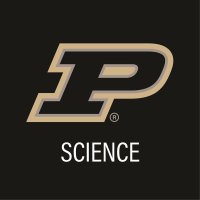
.Lucy Flesch hosted a visit with #Purdue Ambassadors A.J. (Drew) Feustel and Indira Feustel 🇨🇦🇨🇿 🇮🇳🇺🇸 with faculty across disciplines—planetary science, astrodynamics, space propulsion, and more—to engage in meaningful discussions about Purdue’s vision for space exploration.


HUMANS TO MARS TOWNHALL TOMORROW! I'm a lucky member of the Nat Acad's steering committee on 'A Science Strategy for the Human Exploration of Mars'. We're holding a public townhall tmrow 12pET to collect community input. Looking fwd to hearing your thoughts. The SETI Institute @NSS

Ceres’s surface is ice-rich & warm, so we expect craters to viscously flow. Yet most of Ceres’s craters aren't shallow. A new model, created by Ian Pamerleau & Mike Sori of Purdue EAPS, may reconcile this. nature. purduesci.com/3XyiNFj Ian Pamerleau Mike Sori
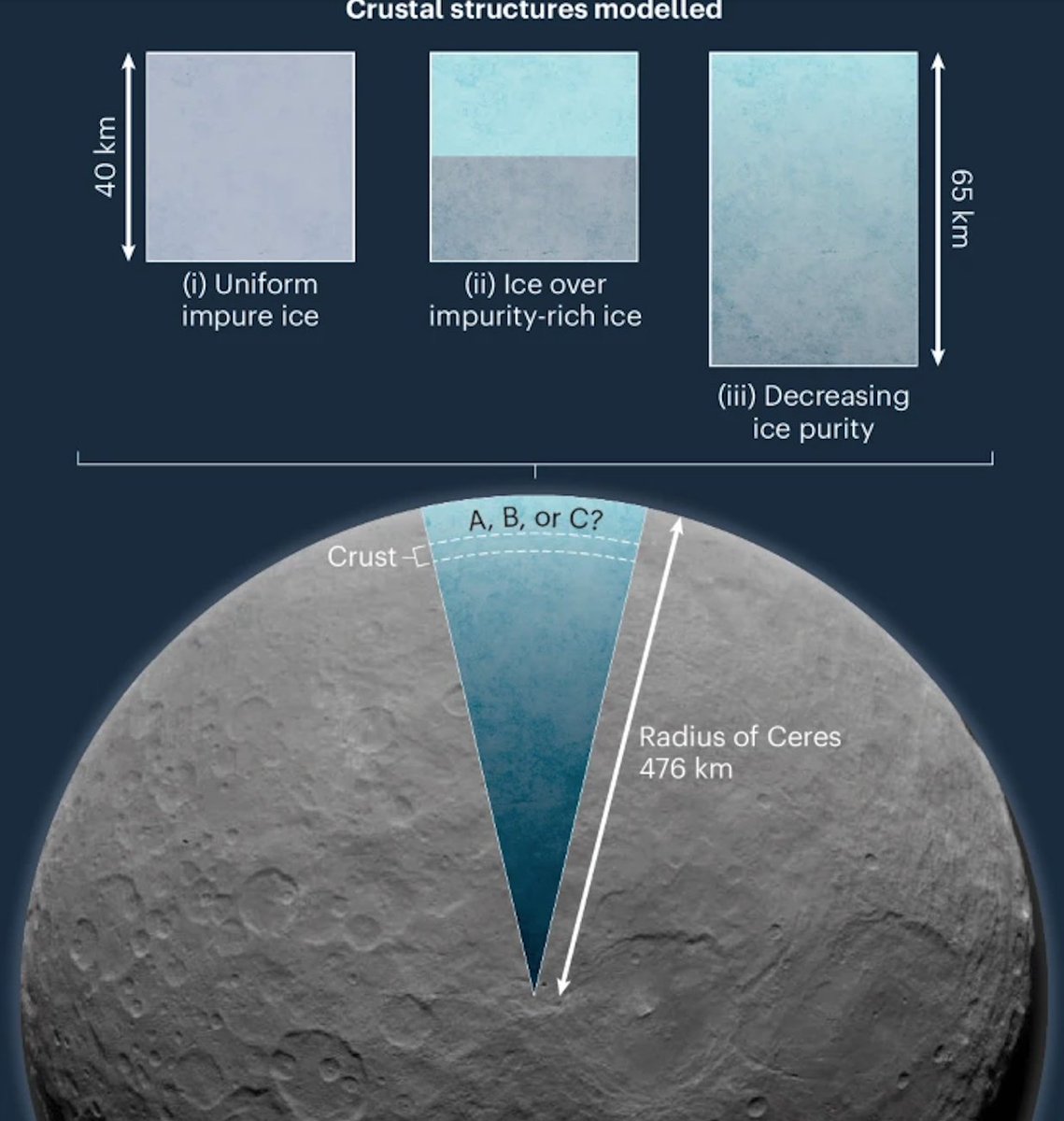

The NASA's Perseverance Mars Rover has begun a climb up the steep rim of Jezero Crater. “We should be able to access and sample some of the oldest rocks on #Mars in the crater rim,” said Briony Horgan, of Purdue Science. CNN Prof. Briony Horgan purduesci.com/4dWpWGf
